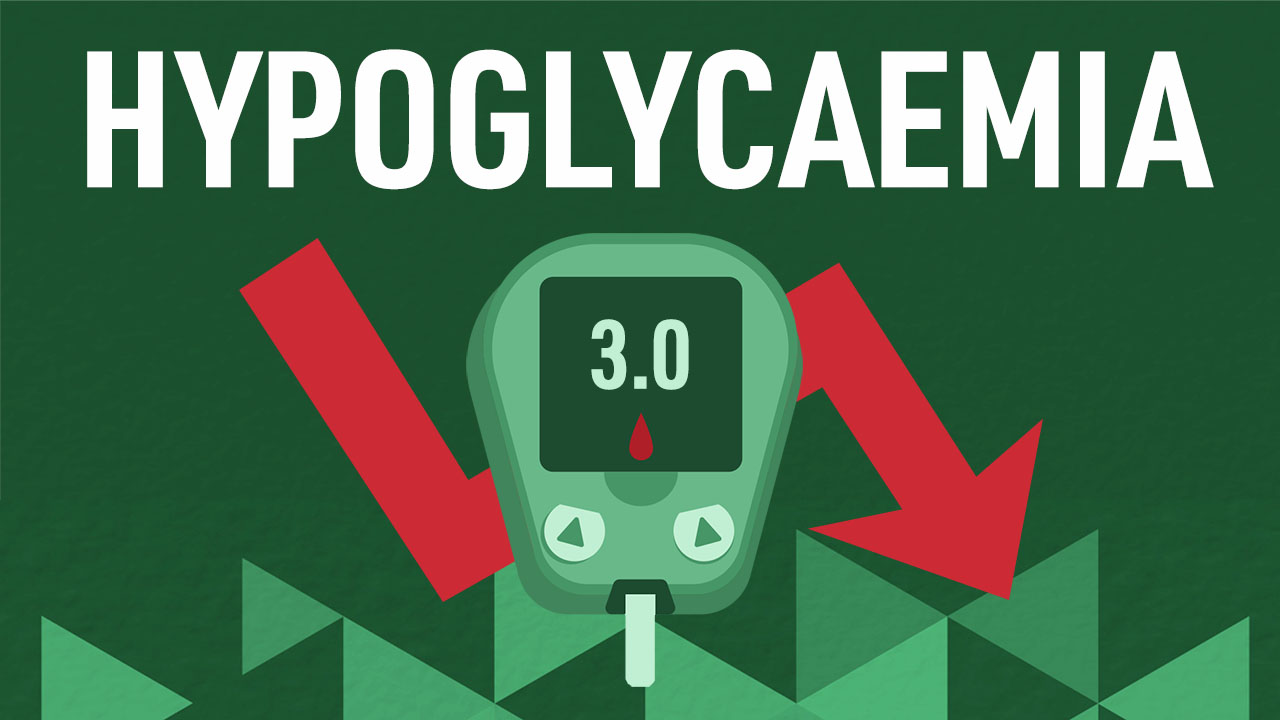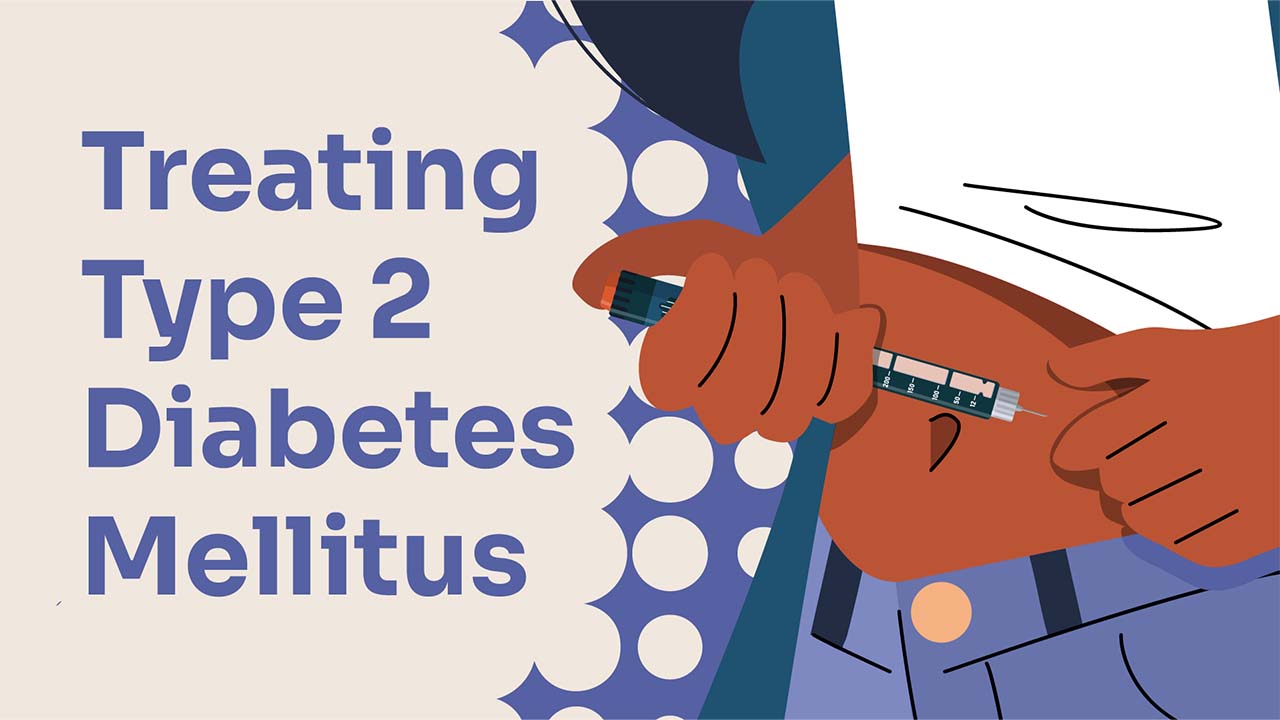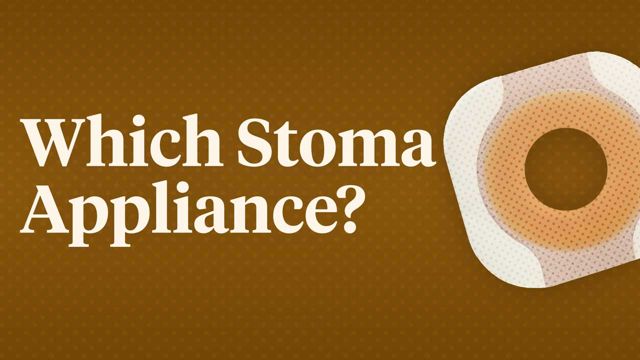Diabetes Emergencies: Hypoglycaemia


Content
What you'll learn:
Define hypoglycaemia for people with diabetes mellitus.
Understand the physiology and symptoms of hypoglycaemia.
Understand various treatment options for hypoglycaemia.
Identify complex issues in hypoglycaemia.
Understand what education to provide for people with diabetes.
Who it's for:
Why it's needed:
Potential complications associated with diabetes mellitus can be severe. Hypoglycaemia, a diabetes emergency, can occur due to a range of reasons. It can cause a great deal of anxiety, be very traumatic and may be life-threatening.
Strong awareness of the causes, risk factors, signs and symptoms, management, and prevention of hypoglycaemia is essential if healthcare professionals are to prevent harm and improve patient outcomes. Ongoing access to education that assists healthcare professionals to remain well-informed about the latest evidence concerning hypoglycaemia is essential.
Purpose:
Topics
Assign mandatory training and keep all your records in-one-place.
Find out more
Recommended resources










 New
New